The Solomon Islands feature historical museums, natural sites, and underwater remnants from World War II. This South Pacific destination includes lagoons, active volcanoes, diving beaches, waterfalls, and tropical islands. The museums and memorials narrate the story of the Battle of Guadalcanal through collections of artillery and airplanes. The Honiara Central Market offers a chance to discover local products.
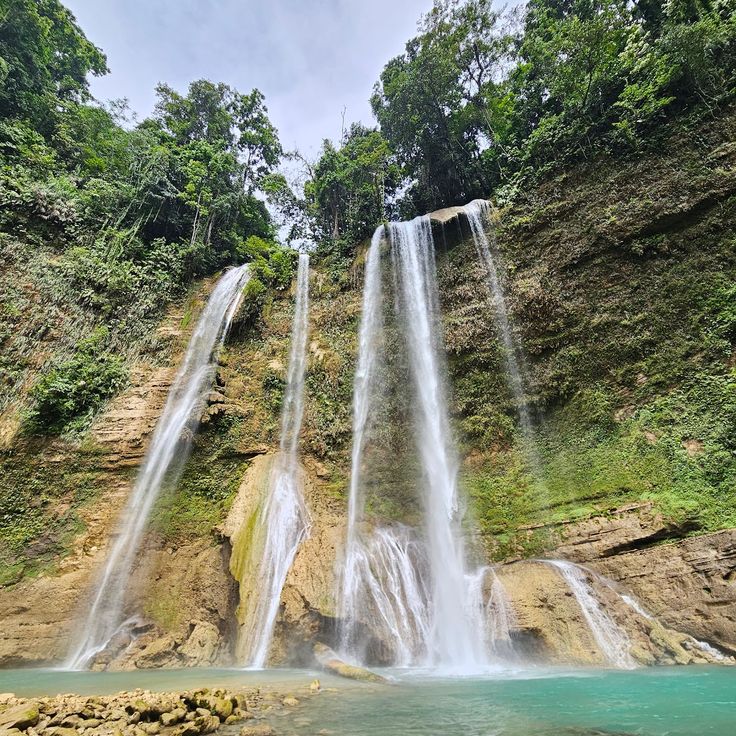
Guadalcanal, Solomon Islands
This waterfall flows into the Tenaru River. Visitors can swim in the natural pool formed at the base of the cascade.
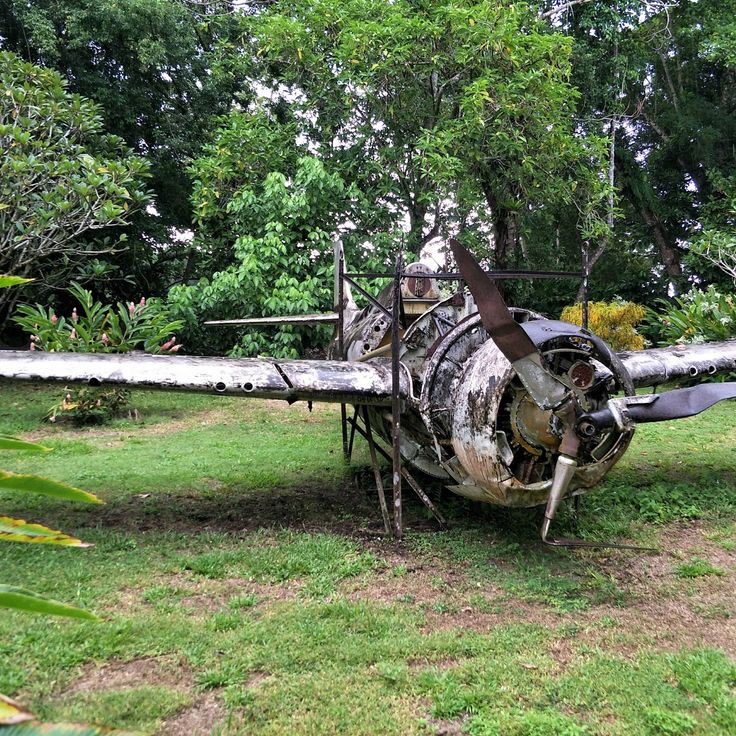
Honiara, Solomon Islands
An outdoor military collection presenting wrecks of American and Japanese planes as well as 1942 artillery pieces.
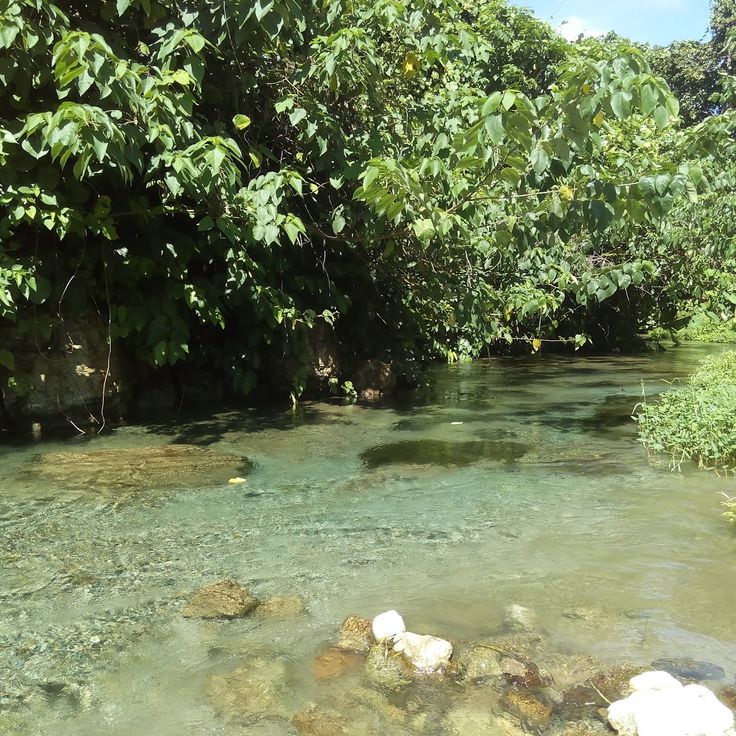
Guadalcanal, Solomon Islands
Two Japanese shipwrecks lie near the coast. These diving sites allow for observing local marine life.
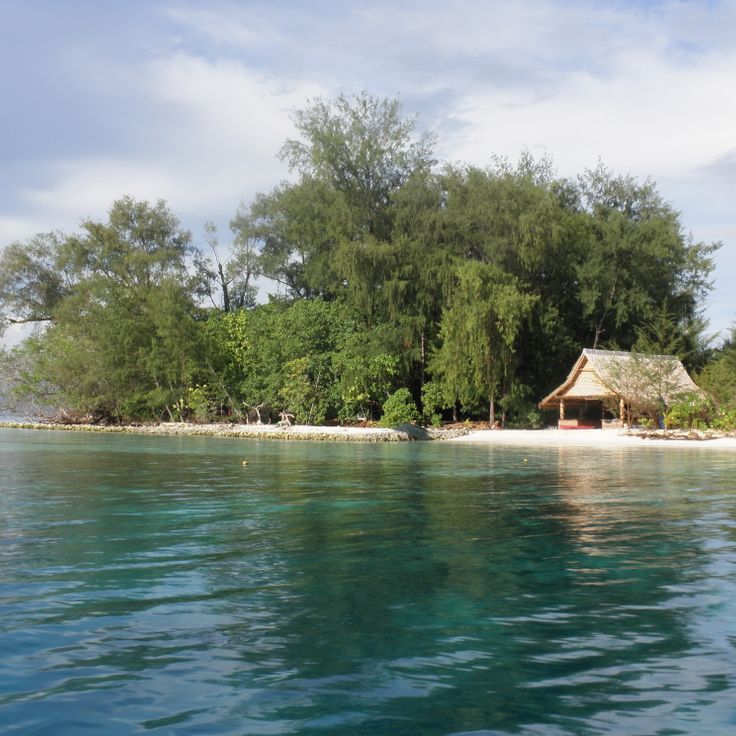
Western Province, Solomon Islands
This island hosted John F. Kennedy and his crew in 1943 after their PT-109 patrol boat sank.
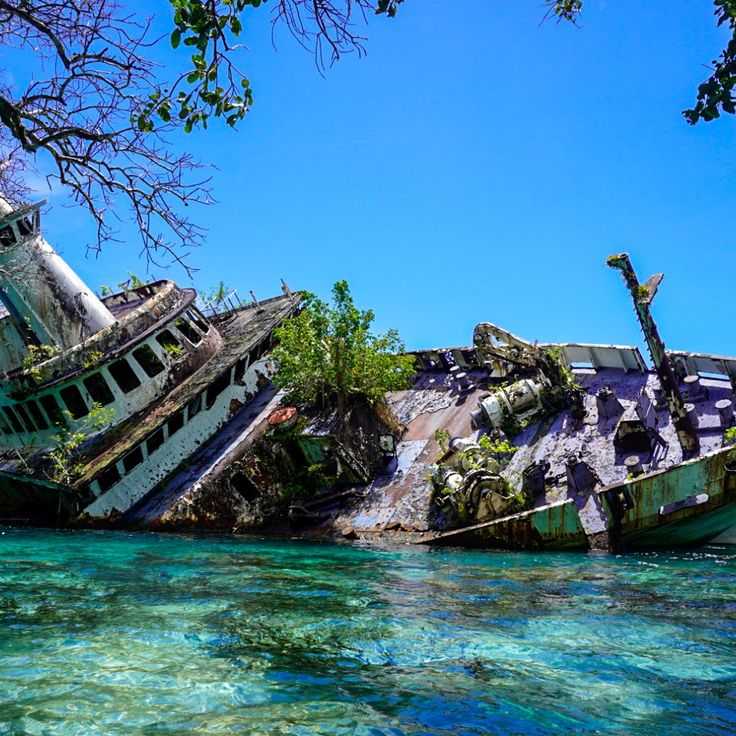
Solomon Islands
The cruise ship World Discoverer ran aground in 2000 after hitting a reef. The wreck remains visible on its side in shallow waters.
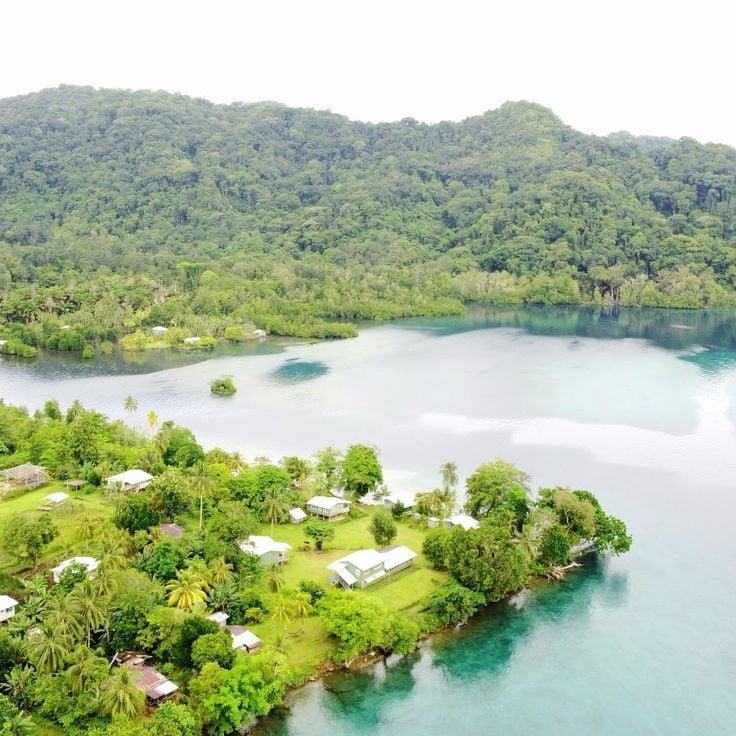
New Georgia, Solomon Islands
The double-barrier reef lagoon extends over 700 square kilometers. The waters are home to tropical fish and varied coral reefs.
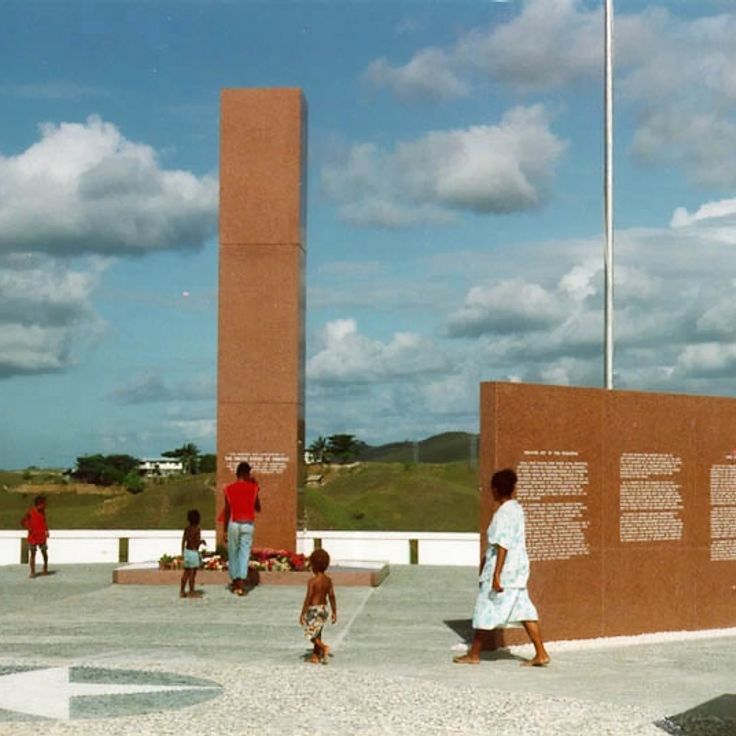
Honiara, Solomon Islands
This monument honors American soldiers who died during the Guadalcanal campaign in 1942-1943. The site includes obelisks and commemorative plaques.
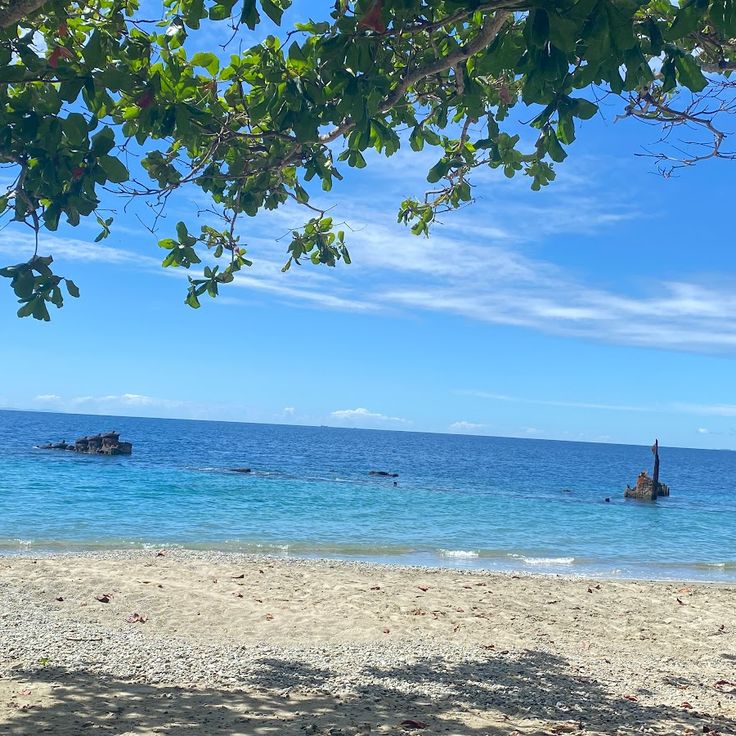
Guadalcanal, Solomon Islands
This black sand beach contains tanks, guns, and military vehicles from World War II. The debris gives testimony to the 1942 battles.
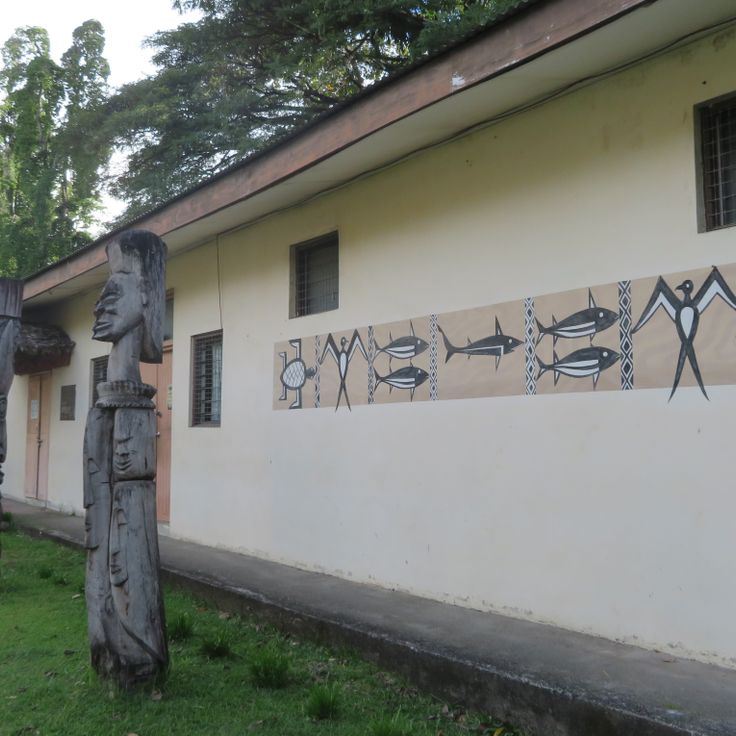
Honiara, Solomon Islands
Collection of traditional objects, archaeological artifacts, and contemporary local art tracing 4000 years of Solomon Islands history in a modern building.

Honiara, Solomon Islands
Outdoor shopping center offering fruits, fresh vegetables, fish, and local crafts. Vendors are present every day.

Solomon Islands
The largest saltwater lake in the South Pacific, located on Rennell Island. It covers 155 km² and hosts endemic species.

Solomon Islands
The largest uninhabited island in the South Pacific, covered with rainforest. A site for diving and observing sea turtles and dugongs.

Solomon Islands
Large island located in the eastern part of the Solomon Islands with rivers, mountains, and rainforests housing endemic species.

Guadalcanal, Solomon Islands
Commemorative monument with plaques and displayed military items recalling WWII battles in the Pacific.
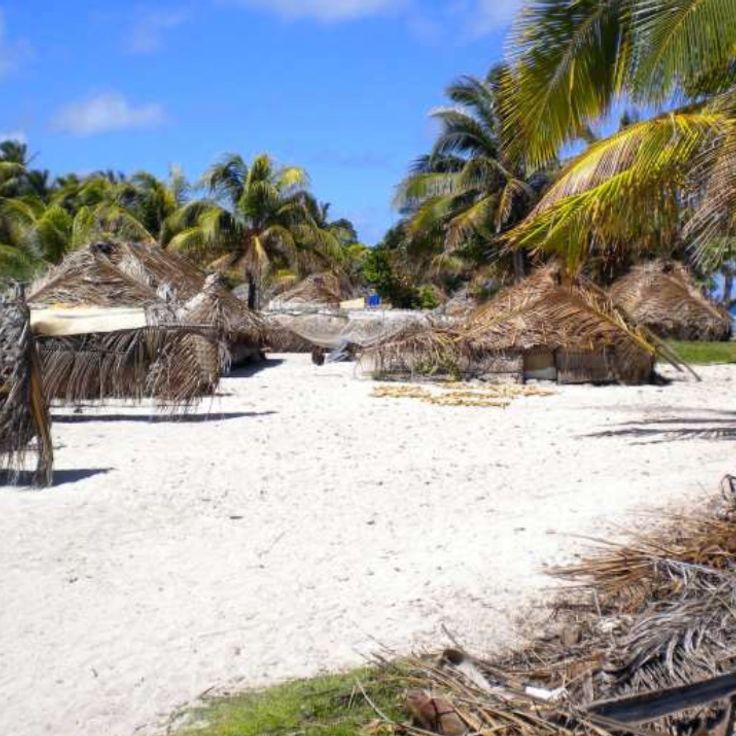
Solomon Islands
Island in the Solomon archipelago with white sand beaches, coral reefs, and tropical vegetation where local communities live.
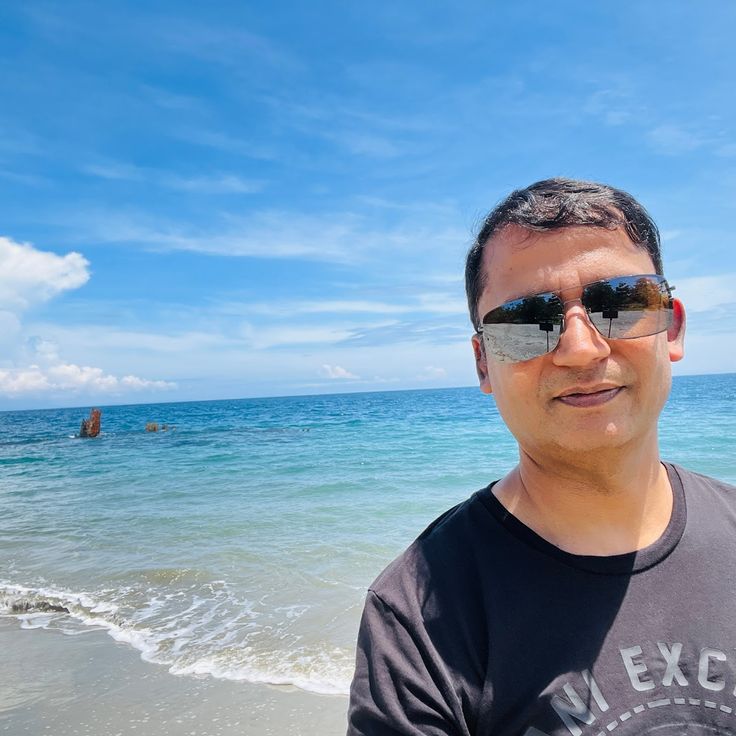
New Georgia, Solomon Islands
Diving site around a Japanese ship sunk in 1943, lying 37 meters deep and measuring 140 meters long.
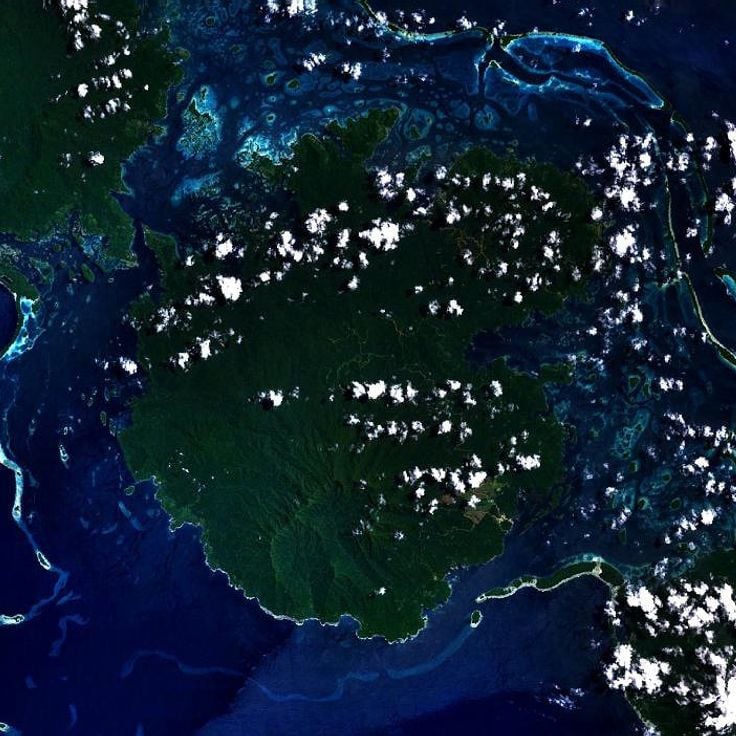
Western Province, Solomon Islands
This island in the western province of the Solomon Islands is near the Kavachi submarine volcano. Coral reefs border its coasts and tropical forests cover its land.
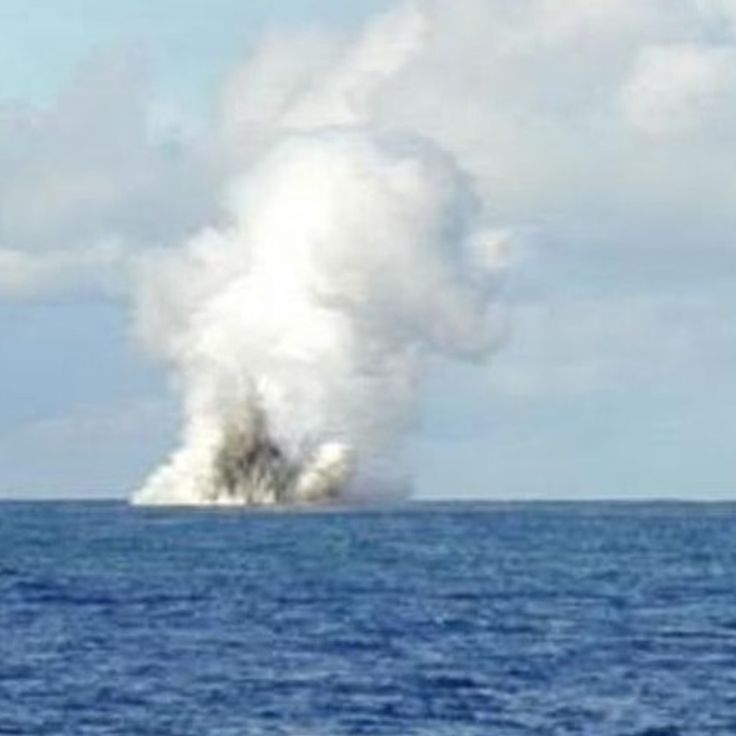
Western Province, Solomon Islands
Located 20 meters below sea level, this volcano regularly erupts. Its summit sometimes creates a temporary island at the surface.
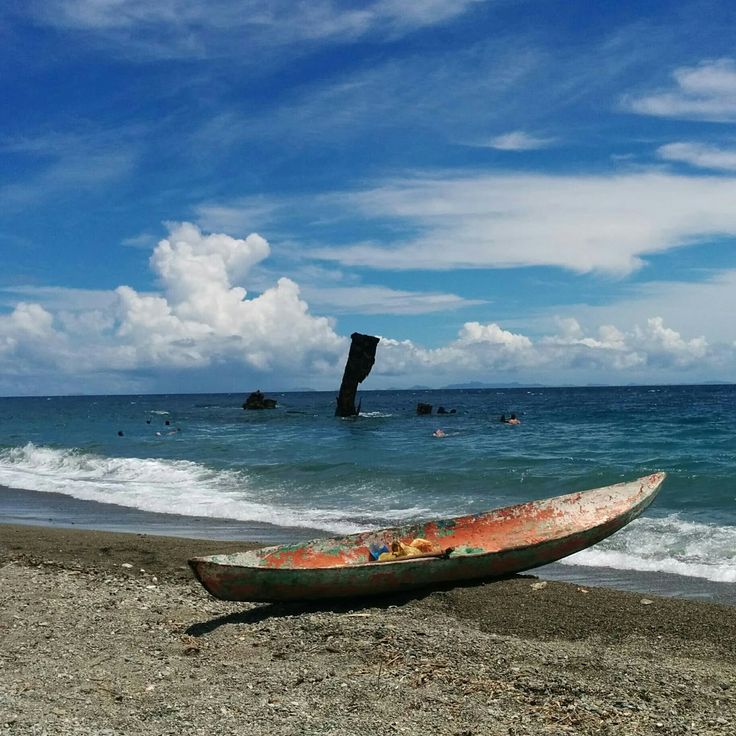
Guadalcanal, Solomon Islands
The Japanese destroyer Kikuzuki lies 10 meters deep since sinking in 1942. It was sunk during an air raid in the Battle of Guadalcanal.
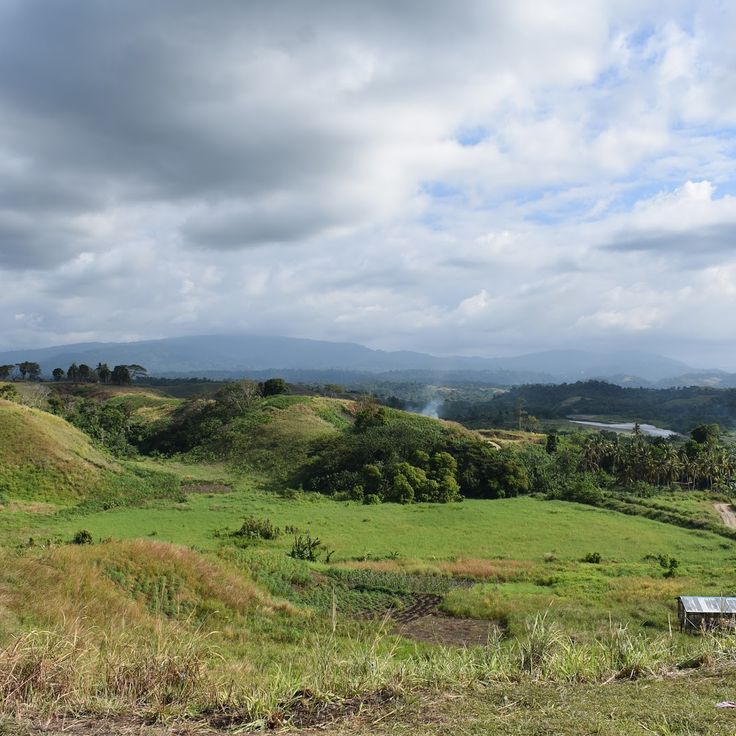
Guadalcanal, Solomon Islands
This hill was the scene of engagements between American and Japanese forces in September 1942. The site retains trench and bunker remnants.
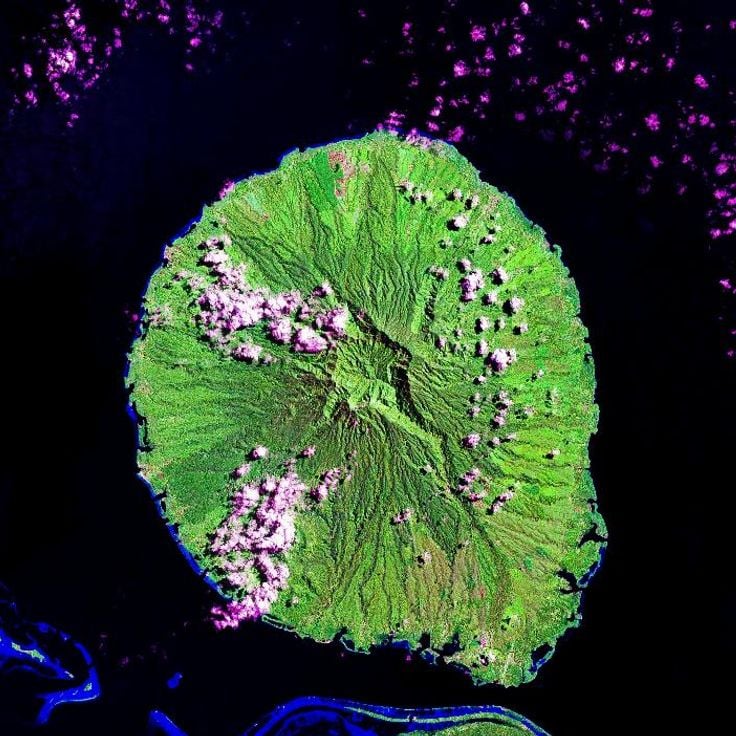
Solomon Islands
A volcanic mountain rising 1770 meters high offering hiking trails for observing local wildlife and endemic parrots.

Western Province, Solomon Islands
A long strip of white sand bordered by palm trees where underwater military remnants from World War II can be found.
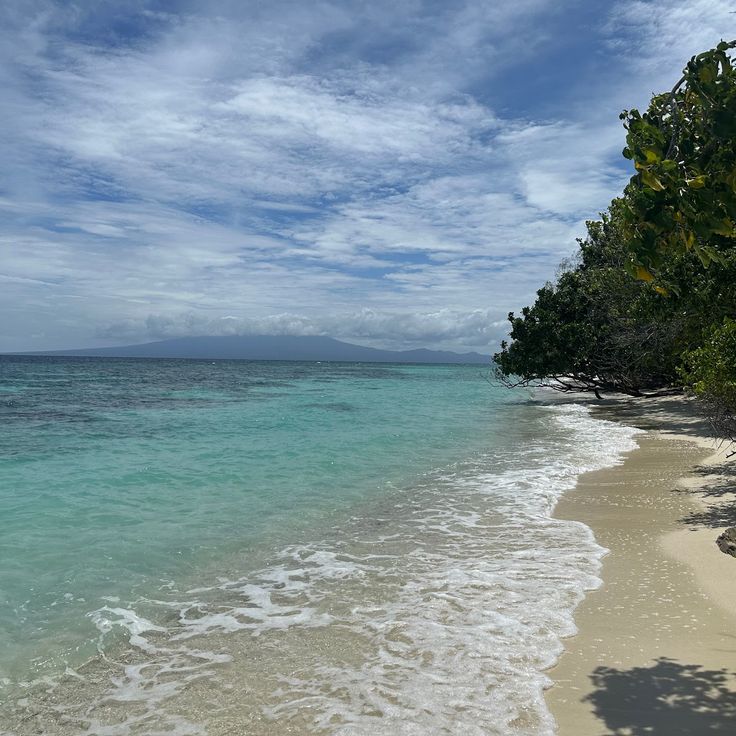
Western Province, Solomon Islands
Diving area around World War II plane wrecks and coral formations sheltering tropical fish.
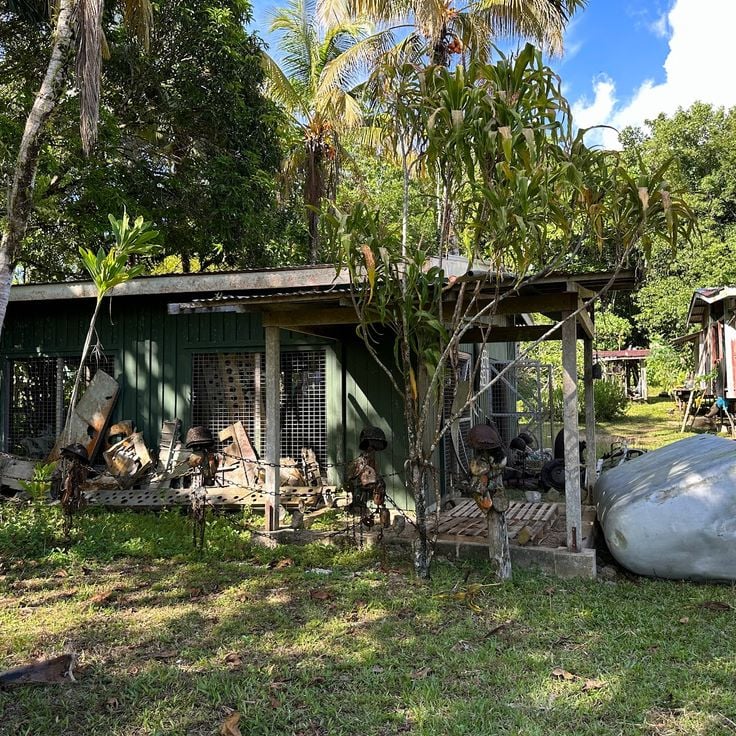
Munda, Solomon Islands
Collection of military artifacts including uniforms, weapons, and equipment used in the South Pacific battles.
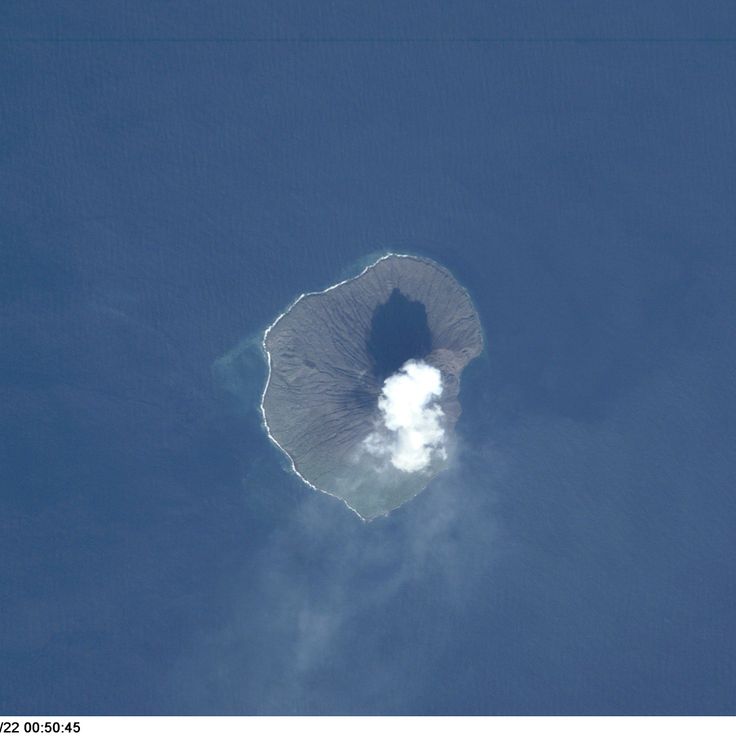
Santa Cruz Islands, Solomon Islands
This conical volcano in Temotu province continues its regular volcanic activity since the 16th century.